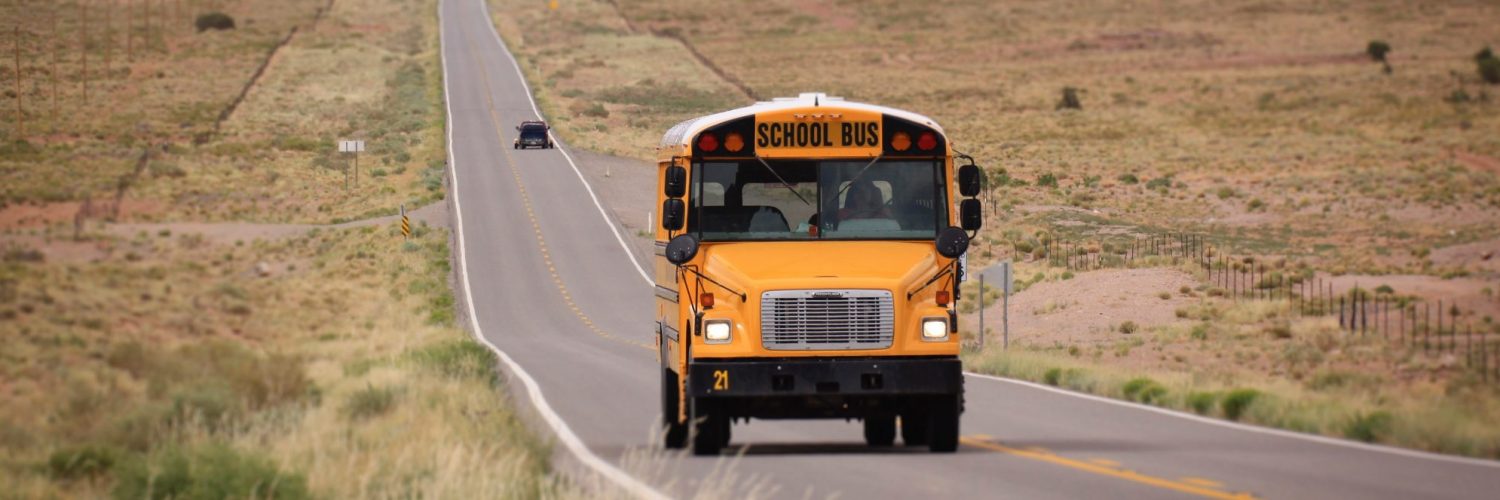Imagine you’ve just moved into the Arizona State Capitol – great bones, but it’s a bit of a fixer-upper.
You need to find a school for your 7th grader. Within a mile-and-a-half, there are 5 middle schools. But inside 3 miles, your options expand to 19 public schools – many with high ratings and strong reviews.
Just one problem: like thousands of Phoenix families, you don’t have a car – meaning your child is effectively limited to the single middle school served by the school bus route. So much for school choice.
It’s time to reinvent how students get to and from school in Arizona.
Gov. Ducey and legislators began that process this year with approval of a $20 million competitive grant program. The pilot will enable district and charter schools, local governments and non-profit groups to submit innovative proposals for student transport.
The fact is, more than half of K-8 students in metro Phoenix attend a school other than the one assigned to them according to their address. A growing number of families are taking advantage of a broad menu of school options, including district, charter, online, micro-schools and more. Yet, until now, Arizona’s K-12 transport system – and the funding that supports it – has remained yoked to the increasingly outdated model of diesel-belching yellow school buses we all remember from our childhood.
Today, nearly 2 out of 3 students nationally travel to school each day in a household vehicle, walk or ride a bike; less than 1 in 4 ride a school bus. The trend long preceded the pandemic, but has accelerated in the past two years amid a widespread bus driver shortage that has sent schools scrambling and led to canceled routes and frustrated families.
Just like there is no single style of school that meets the needs of all students, Arizona requires a multifaceted approach to student transport. The first round of K-12 transportation modernization grants was just announced, with awardees proposing everything from on-demand micro-transit solutions like vans, to app-based carpooling, rideshare and more. Midtown Primary School in central Phoenix will even use grant funds to create what it calls a “walking school bus,” which will involve use of staff members, adults and walking ropes to help young students safely walk to and from school and navigate busy intersections.
Another common sense solution involves realigning municipal bus routes and bus stops so that they can be more useful to students. A Minneapolis program to give monthly bus passes to high-school students resulted in reduced truancy and improved GPAs. Surveyed students said the added flexibility of the municipal system helped them both get to school and participate in afterschool activities. Arizona schools have the opportunity to partner with local governments and non-profits to create similar cooperative efforts.
During the past legislative session, South Phoenix parent Alysia Garcia told lawmakers that – as an open enrollment transfer family for the last decade – her family has solely borne the expense of taking her kids to and from school every day. That’s 5,600 trips totaling over 62,000 miles.
“What is the point of having a great open enrollment policy if families aren’t able to utilize it?” Garcia asked. “I’m fortunate to have a vehicle to transport my kids. What about the kids who don’t have vehicles?”
She’s right. Arizona families already pay taxes to support a wide array of public school options. They deserve a modern student transport system designed with this flexibility in mind to help their kids get to and from these schools safely.
Matthew Ladner is the Director of the Arizona Center for Student Opportunity
















Add comment